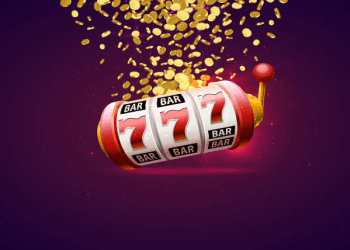What is GIF and how do you use it? The GIF format is a lossless image file format that supports static and animated images. GIF files were the standard for 8-bit colour images on the Internet until PNG became a viable alternative. You may have come across GIFs in your email signature. What are the benefits of using this format? Continue reading to learn more. Listed below are some of the advantages of GIFs.
GIF is short for ‘Graphics Interchange Format’. The full name is pronounced ‘Jif’. A ‘Gif’ can be animated or static. The Oxford English Dictionary accepts either pronunciation. However, “Jiff” is pronounced like ‘Jif.’ In addition, it sounds more like ‘Jif’ than “GIF”.
Graphics Interchange Format is a popular bitmap image format. It was invented by a team of developers at CompuServe in 1987. It was later adopted widely on the World Wide Web. Its lossless compression method is based on Lempel-Ziv-Welch (LZW), and offers high compression without sacrificing image quality. To download GIF images, click here. A GIF file can contain as many as 256 colors.
The first version of GIF was released in 1987 by Steve Wilhite, a programmer for Compuserve. Compuserve needed a graphics file format that worked on all computers, not just those with slow connections. Lempel-Ziv-Welch data compression improved the efficiency of the format. Large images could be downloaded quickly, even on slow connections. In the early 1990s, GIF became widely accepted and supported by web browsers.
The gif full name makes sense, especially when you create your own GIFs. This format is widely used and compressed, and the Google keyboard now includes gif buttons for users to share their favorite images. Most graphics applications support GIF images with any table size, although not all of them do. However, tables of two, 16, or 256 colors are widely supported. If you are not sure what type of GIF image format you need, consider using a Google search instead.
The first thing to note is the GIF’s file format. GIF is separated from its actual header by a 3-byte signature. This byte is called the Logical Screen Descriptor (LSD) and is separated from the actual header by a separate structure. It is always in the last part of the GIF file and it serves as an identifier for the file. This is why it is important to know what GIF is and why you should use it.
The GIF format was first used by CompuServe in 1987. In 1989, CompuServe upgraded the format and released GIF 89a, which included transparent backgrounds and image metadata. The GIF format is particularly useful for line art and artwork that has limited colors, and animations that do not require many colours. It is also suitable for storing sprite information and tiny animations. But, be aware that the format has a few limitations.











